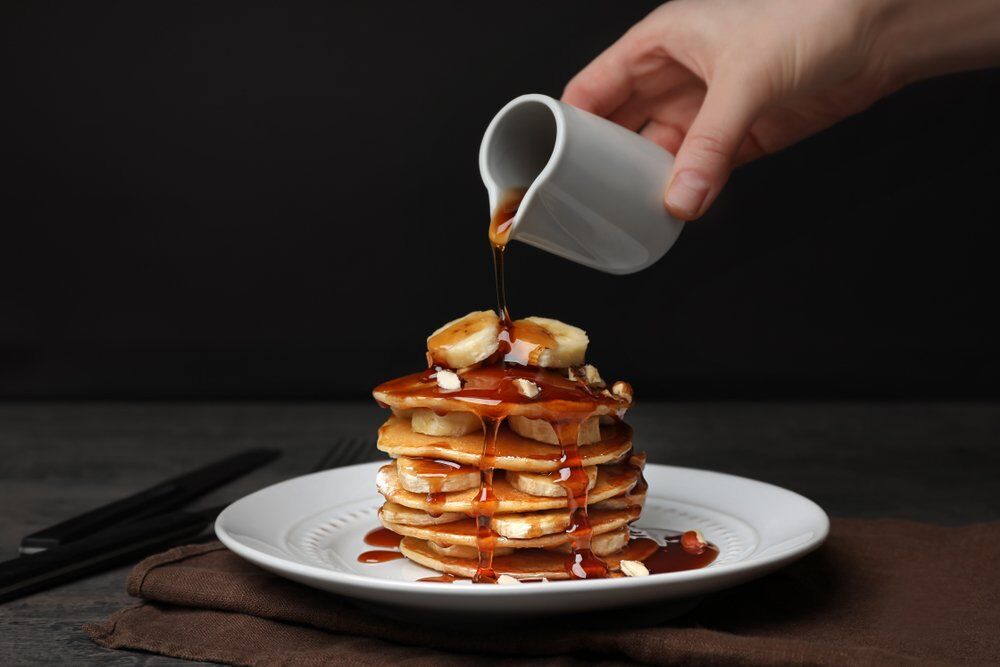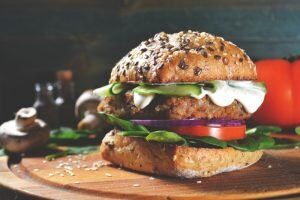
How Can Cheat Meals Help Your Fitness Goals
The cheat meal has become a bodybuilding tradition, and many YouTube fitness models have made careers out of showing off the high calorie foods they eat after a workout or competition. But how useful are cheat meals? Are they necessary for success? Or do they hinder it? This article attempts to find out.
What is a Cheat Meal?
Cheat meals are high-calorie meals that are eaten during diets. They are often scheduled in advance, rather than being eaten during a moment of weakness. They can be beneficial from a mental health point of view, but some people believe that they cause more harm than good. Because to fit them into your diet you need to cut calories on other days. Some people believe that it would be healthier to get rid of cheat meals and have a more flexible diet overall.
One benefit of having cheat meals is that you can schedule them to coincide with social events. If it’s your sister’s birthday on Friday and you are going out to a restaurant to celebrate, then you can count that as your cheat meal. Rather than having to avoid the event entirely or going and then feeling guilty about it afterwards.
Refeed days are similar to cheat meals but are designed to last the whole day. They are often more structured too. With macro targets. They are not an “eat what you like” day, they are “eat your normal diet plus an extra 1,000 calories” day (as an example).
 Pros of Cheat Meals
Pros of Cheat Meals
- Makes socialising a lot easier
- May help prevent you from quitting your diet
- Can help replenish glycogen
- Can help prevent weight loss plateaus
- Can restore healthy hormone production after a long period of restricted calories
Negatives of Cheat Meals
- Too big a meal can undo progress
- Labelling foods as good or bad can be problematic for some
- Requires a strict diet for the other 6 days per week
 What Makes a Good Cheat Meal?
What Makes a Good Cheat Meal?
The main point of a cheat meal is not to worry too much about what you’re eating. It’s a chance to let your hair down and really enjoy your food. That being said, there are certainly better choices out there than most cheat meals. Here are some criteria you might consider:
- Any meal with friends or family
- High in protein
- Good quality food that takes a while to prepare (as opposed to wasting your calories on a microwaveable pizza).
- Contains at least two portions of fruit and/or vegetables
You want your cheat meal to be worth it. Something that you can really enjoy. Keep your portion size sensible, even if the food itself is very high in calories. Eat until you are full and then stop. Don’t just stuff your face for the sake of it.
How Often Should You Have a Cheat Meal?
This depends on how big your cheat meals are. If you have a relatively small cheat meal, then you can probably have one 2-3 times per week. If your cheat meal is massive, then limiting them to 2-4 times per month might be sensible. One consideration is whether you are dieting to lose weight, maintain weight, or gain weight.
A good general rule is to follow the Pareto principle (see below), but the truth is that how often you can eat a cheat meal really depends on your unique goals and circumstances.
 The Pareto Principle
The Pareto Principle
The Pareto principle states that 80% of the output from a system is caused by 20% of the input. The principle is usually applied to businesses, but in recent years it has been co-opted by the fitness industry to describe a good dieting ratio.
Technically, the 80/20 diet is not an example of the Pareto Principle, but it was certainly influenced by the 80/20 split that Pareto noticed. The idea is to eat healthily 80% of the time, and to “cheat” 20% of the time.
Now, if you are midway through a fat loss diet, an 80/20 split may be way too generous! That’s 1 in 5 meals being a cheat meal. As opposed to 1 in 21 (1 x cheat meal per week, at 3 meals per week). But the 80/20 rule is more realistic.
With this system you aren’t necessarily eating an entire cheat meal every 5 meals. You may eat three healthy meals in a day and then eat two packets of crisps. Or have an ice cream. So long as 80% of the food you are eating is high in protein and full of nutrients, the other 20% is less important.
This method suits the If It Fits Your Macros (IIFYM) system. Where you can eat what you like provided you stay within your macro and calorie targets. A system that theoretically allows you to eat anything, but actually forces you to eat healthier so that you can stick within your macro limitations.
 Alternatives to Cheat Meals
Alternatives to Cheat Meals
Instead of cheat meals, following the 80/20 principle and an IIFYM system could yield better results. Particularly if your goals are health-based. If you are looking to lose weight, then adding in a re-feed day every 4 weeks is possibly a better option. But find something that suits your needs and capabilities. Some people just can’t handle the cheat meal/clean eating combination, and that’s absolutely fine.


 Pros of Cheat Meals
Pros of Cheat Meals What Makes a Good Cheat Meal?
What Makes a Good Cheat Meal? The Pareto Principle
The Pareto Principle Alternatives to Cheat Meals
Alternatives to Cheat Meals
No Comments yet!